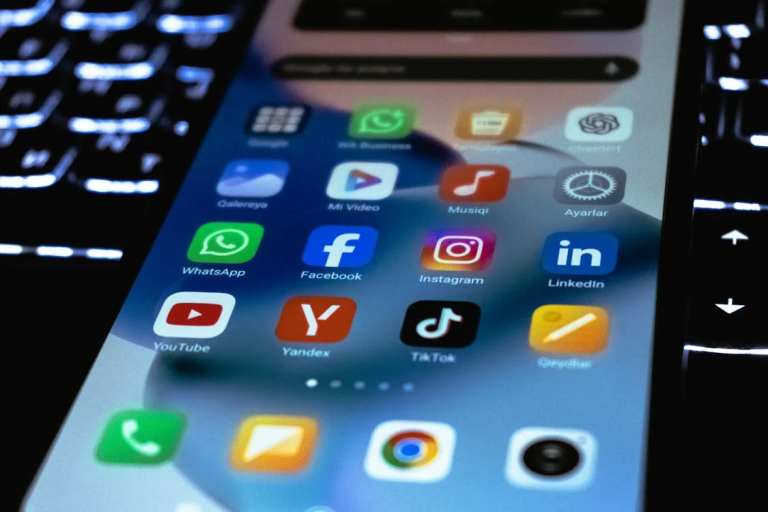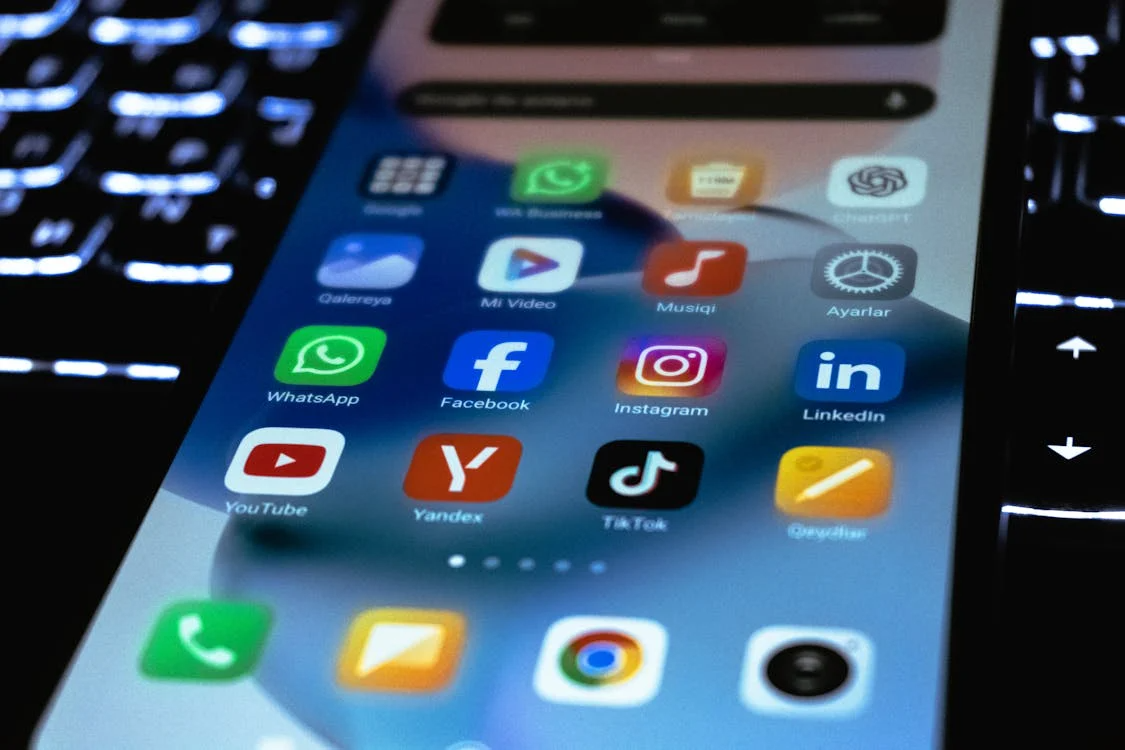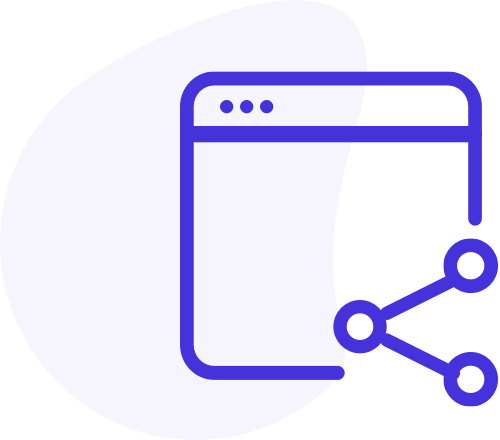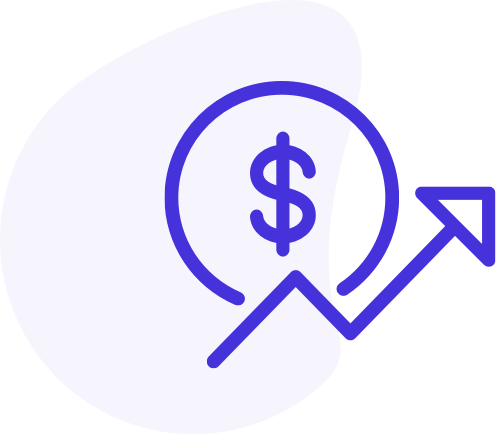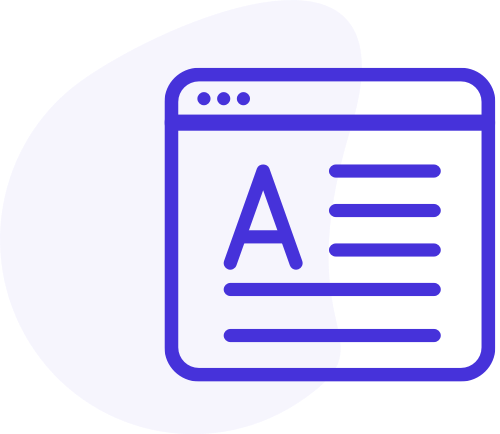LinkedIn outreach is one of the most effective ways to connect with decision-makers, nurture professional relationships, and create business opportunities. With more than a billion members, LinkedIn has evolved into a powerful networking platform for B2B sales, consulting, and partnerships. But sending random messages rarely leads to results. To stand out, you need structure, personalization, and a clear strategy.
The most successful outreach strategies combine personalized connection requests, carefully written InMail messages, flexible outreach scripts, and consistent lead nurturing. Adding a tool like Sales Navigator makes the process more precise, ensuring outreach is not just broad but highly targeted.
In this guide, we’ll explore how to structure LinkedIn outreach for maximum replies, step by step.
Why LinkedIn Outreach Matters in 2025
LinkedIn has become the center of professional conversations. Decision-makers spend time on the platform learning, hiring, and networking. Unlike cold calls or emails, LinkedIn gives you valuable context before reaching out. You can see a prospect’s role, company details, recent activity, and even mutual connections. This allows for a more natural approach.
The challenge is that inboxes are crowded. Prospects often receive many messages each week, most of which feel generic. Replies only come when outreach feels relevant, respectful, and valuable. A well-structured strategy improves reply to rates because it is rooted in personalization and long-term relationship building.
Building a Strong LinkedIn Outreach Framework
A framework provides structure for outreach instead of random trial and error. The most effective one moves through three phases: connection, engagement, and nurturing.
Personalized Connection Requests
The connection request is the first touchpoint. A blank request feels impersonal, and a long sales pitch feels pushy. The best approach is a short note that mentions something specific, such as a mutual interest, a shared group, or a recent post the person shared. Keeping it under 300 characters helps maintain clarity. At this stage, the goal is not to sell but to establish rapport
Engagement After Connection
Once a prospect accepts your request, the next step is engagement. This is where many professionals make mistakes by immediately sending a pitch. Instead, start small. Thank them for connecting, react to their posts, and ask genuine questions. Over time, this builds familiarity. Conversations that start with professional curiosity often lead to stronger business discussions later.
Nurturing Prospects
Even after connection and engagement, many prospects will not respond immediately. That doesn’t mean they are uninterested. Consistent nurturing keeps you top of mind. Checking in every few weeks, sharing useful resources, and engaging with their updates shows persistence without pressure. This balance between visibility and patience makes your outreach more effective over the long term.
InMail Best Practices
InMail allows you to reach people outside your immediate network. Because InMail comes with limited credits and higher visibility, it should be used carefully.
The most effective InMails are short, personalized, and value driven. A strong subject line should signal relevance, while the opening sentence should connect to something specific about the recipient. Messages under 150 words are easier to read, and a soft call to action such as asking if they are open to a conversation works better than demanding a meeting.
The Role of Outreach Scripts
Scripts provide a foundation for consistency. They are not meant to be copied word for word in every case but serve as a framework that can be adjusted. A few useful types include short connection request templates, thank-you notes after acceptance, structured InMail drafts, and polite follow-up reminders. Having these scripts prepared saves time while still allowing personalization for each recipient.
Using Sales Navigator for Precision Outreach
For professionals serious about prospecting, Sales Navigator adds depth and efficiency. It allows you to refine searches by job title, industry, location, and seniority. It also enables you to save leads, monitor updates, and receive alerts when prospects post content or change jobs. With InMail credits included, Sales Navigator becomes an essential tool for structured outreach campaigns, ensuring your efforts reach the right people.
Lead Nurturing on LinkedIn
The reality of LinkedIn outreach is that most replies do not come from the first message. It often takes multiple touchpoints before someone is ready to engage. This is why nurturing matters so much.
Nurturing means staying present in a professional but non-intrusive way. Commenting thoughtfully on a post, sharing an article relevant to their industry, or offering an insight based on current trends are all examples of light touches that build recognition over time. By focusing on giving rather than asking, you become someone prospects associate with value.
Advanced LinkedIn Prospecting in 2025
Outreach today must balance personalization with scalability. Automated tools exist, but prospects can easily recognize when a message has been mass-produced. The strongest results come when efficiency and authenticity are combined.
Personalization no longer means just inserting someone’s name. It means referencing their role, acknowledging recent updates, or highlighting trends relevant to their company. Keeping messages under 100 words makes them more approachable. Following up once every 5 to 7 days prevents over-messaging while keeping conversations alive. Instead of being seen as another salesperson, you position yourself as a trusted advisor who understands challenges.
Mistakes That Reduce Reply Rates
Even professionals with experience fall into traps that hurt their results. The most common mistakes include pitching too early, failing to personalize, sending identical scripts to everyone, and writing messages that are too long. Another mistake is following up too often, which can create frustration rather than interest. Avoiding these errors ensures that your outreach remains professional and respectful.
The Psychology Behind Outreach Success
Beyond tactics, psychology plays a role in whether a prospect responds. People tend to reply when they feel understood and respected. Relevance makes your message worth reading. Reciprocity encourages replies when you provide insights before asking for time. Authority builds trust when you show expertise through posts and content. Finally, consistency reinforces trust because your name appears regularly in a positive context.
By aligning outreach with these psychological triggers, your messages become more persuasive without being aggressive.
Building Relationships Through Outreach
Ultimately, outreach is not about quick wins but about building relationships. The strongest professional opportunities arise from trust, not just replies. When you approach outreach as relationship building, you shift from selling to connecting. This involves curiosity about the other person’s work, sharing value without expectation, and maintaining consistency in engagement. Over time, this builds partnerships that go beyond a single message or meeting.
Conclusion
A structured approach to LinkedIn outreach changes how professionals connect with decision-makers and create business opportunities. Combining personalized connection requests, concise and well-written InMail messages, adaptable outreach scripts, steady lead nurturing, and the targeting power of Sales Navigator helps boost reply rates significantly.
In 2025, success is not about volume. Sending hundreds of generic requests will not produce results. What matters is relevance, authenticity, and long-term consistency. When approached thoughtfully, LinkedIn becomes not just a networking platform but a reliable source of growth and opportunity. Get in touch with BitWide to generate high-quality leads and drive business growth.
Frequently Asked Questions
Q1: What is LinkedIn outreach?
LinkedIn outreach is the process of connecting, messaging, and nurturing prospects on LinkedIn to build relationships and generate professional opportunities.
Q2: How do I write a personalized connection request?
Keep it short, mention a specific point such as a shared interest or a recent post, and avoid pitching in the first message.
Q3: Are InMail messages effective?
Yes, InMails work well when they are concise, personalized, and value driven. Clear subject lines and soft calls to action improve reply to rates.
Q4: What role does Sales Navigator play in outreach?
Sales Navigator allows targeted searches, saved leads, and real-time alerts, helping outreach become more precise and efficient.
Q5: How do I nurture leads on LinkedIn?
Engage with their posts, share relevant insights, and send occasional check-ins. The focus should be on building trust rather than pressuring for responses.

